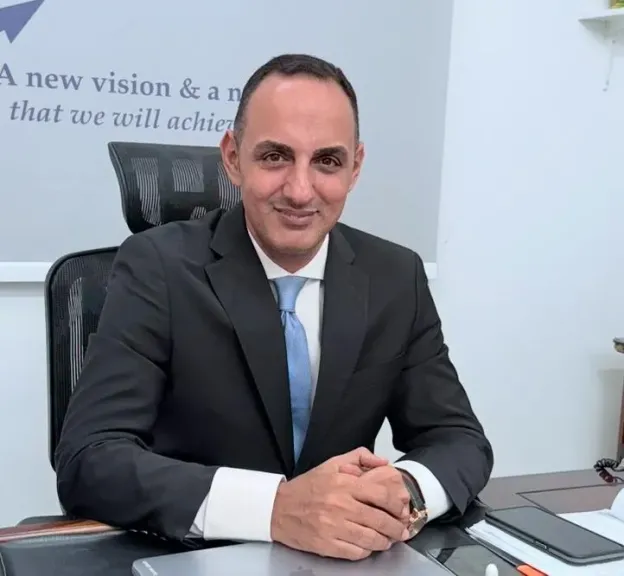Dirty Money in a Digital Disguise: Economist Warns of Explosive Growth in Electronic Money Laundering

The global war on financial crime faces a new and formidable challenge: the rapid rise of electronic money laundering. Dr. Mohamed Abdel Wahab, economic analyst and financial consultant, has issued a stark warning that criminals are harnessing advanced digital tools, social media platforms, and encrypted messaging apps to launder trillions of dollars annually—posing a grave threat to the stability of the world economy.
Speaking in a press briefing, Abdel Wahab described the phenomenon as “one of the most pressing threats to the global financial system” and noted that criminal networks are moving illicit funds with unprecedented speed and sophistication.
Social Media as a Laundering Tool
Originally intended to connect people and facilitate transactions, platforms such as TikTok, Instagram, Telegram, and Snapchat are increasingly being exploited for illicit purposes. Abdel Wahab explained that money launderers disguise illegal proceeds as legitimate digital income—such as virtual gifts or paid promotions—while hiding behind fake businesses or online campaigns.
Encrypted messaging apps like WhatsApp and Signal further shield these activities, allowing untraceable coordination between criminal networks. “These technologies offer anonymity, making detection and enforcement far more difficult,” Abdel Wahab said.
Trillions in Illicit Flows
Citing data from the United Nations, the Union of Arab Banks, and blockchain analytics firm Chainalysis, Abdel Wahab revealed that between $3 trillion and $5 trillion—equivalent to 3–5% of global GDP—is laundered annually worldwide. Cryptocurrencies are a key enabler, with crypto-based laundering skyrocketing from $1 billion in 2018 to $40.9 billion by the end of 2024.
Specialized reports indicate that over half of laundering operations now involve complex corporate structures, while real estate transactions account for roughly 30% of cases. In Africa alone, illicit financial flows cost economies around $90 billion annually—approximately 3.7% of the continent’s GDP.
Methods of Modern Money Laundering
Abdel Wahab identified several primary laundering techniques:
Shell companies and fake corporate fronts.
Trade-based money laundering (manipulated invoices).
Real estate purchases in lightly regulated markets.
Cross-border cash smuggling.
Exploiting unregulated fintech and decentralized finance (DeFi) platforms.
High-Risk Nations and Major Economies
According to the 2025 Basel Anti-Money Laundering Index, Haiti, Chad, Myanmar, the Democratic Republic of Congo, Mozambique, Guinea-Bissau, Gabon, and Venezuela rank highest for laundering risk. Surprisingly, large economies—including the United States, Russia, China, and Mexico—also record significant laundering activity due to the scale and complexity of their financial systems.
Middle East in the Spotlight
In the Middle East, Mauritania remains a high-risk jurisdiction, while the UAE—one of the region’s largest financial hubs—faces mounting pressure to tighten oversight of cross-border financial flows.
Technology: The Double-Edged Sword
While technology fuels innovation and economic growth, Abdel Wahab warned it is also empowering criminals. He urged governments to deploy artificial intelligence and blockchain to track suspicious fund movements, adapt legislation to keep pace with evolving threats, and raise public awareness—particularly among youth—about fraudulent online schemes disguised as influencer marketing.
Global Enforcement Intensifies
Governments are responding. In 2024, financial penalties for institutions involved in laundering reached record highs, particularly in the United States, where fines totaled billions of dollars.
Abdel Wahab concluded with a call for stronger global cooperation and updated regulatory frameworks. “The methods of money launderers are evolving faster than our laws. Only a united, adaptive, and technology-driven response can match the speed of this threat,” he said.


